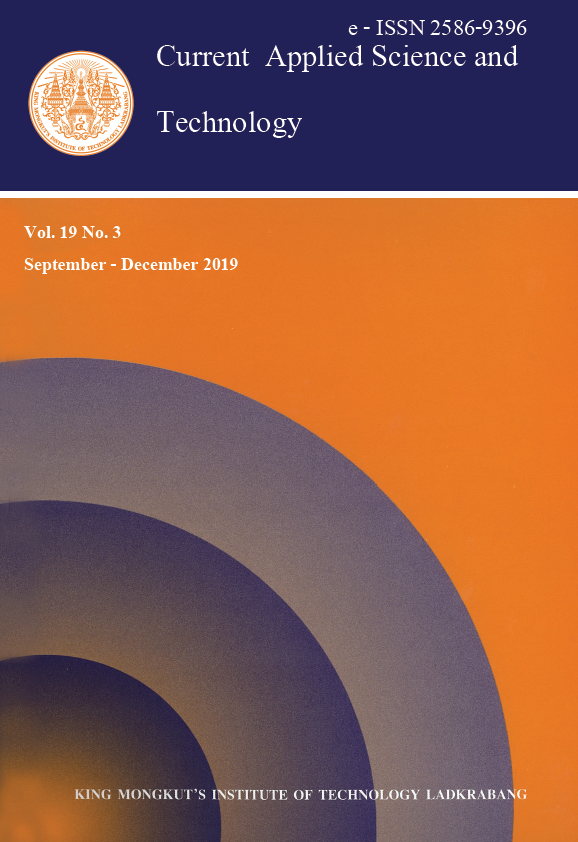The purpose of this study was to isolate and evaluate the diversity of -PGA producing bacteria from rhizoplane of three Poaceae plants viz. rice (Oryza sativa Linn.), maize (Zea mays Linn.) and sugarcane (Saccharum officinarum Linn.), which are considered the most important agronomic crops of Thailand. A total of 368 isolates of rhizoplane bacteria were obtained from the root samples, 200 isolates from rice roots, 112 isolates from maize roots and 56 isolates from sugarcane roots. All isolates were screened for
-PGA production consecutively by plate and tube culture assay. There were 186 isolates which exhibited
-PGA producing capability. The
-PGA concentrations obtained ranged from 12.62 - 18.46 g/L. Of those 186 isolates, 16 isolates were capable of producing
-PGA higher than 15 g/l and these isolates were selected as the most efficient
-PGA producers for further molecular characterization. The molecular genetic study based on 16S rRNA genes analysis revealed that the selected
-PGA producers were closely related to 9 Bacillus species, namely B. amyloliquefaciens subsp. amyloliquefaciens, B. atrophaeus, B. methylotrophicus, B. siamensis, B. subtilis subsp. inaquosorum, B. subtilis subsp. subtilis, B. tequilensis, B. vallismortis and B. velesensis. All of them are belonging to B. subtilis and B. amyloliquefaciens groups. These results indicate that the rhizoplane of Poaceae plants are an important reservoir of natural isolates of
-PGA producing bacteria.
*Corresponding author: E-mail: sirirat2@yahoo.com
Siripornvisal*, S. ., & Suddee, T. . (2019). Isolation and Characterization of Poly-gamma-glutamic Acid Producing Bacteria from Plant Rhizoplane. CURRENT APPLIED SCIENCE AND TECHNOLOGY, 200-208.
